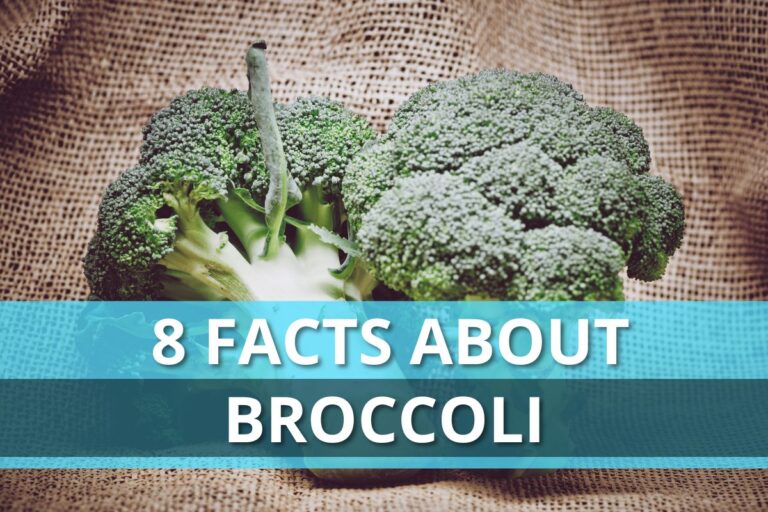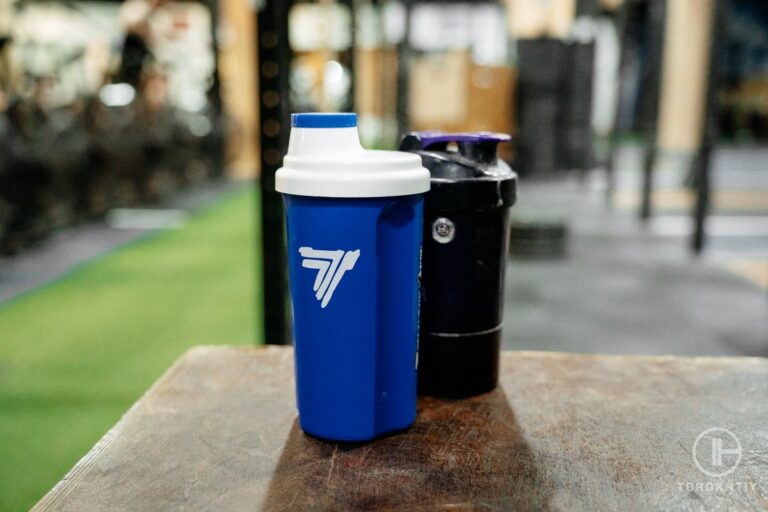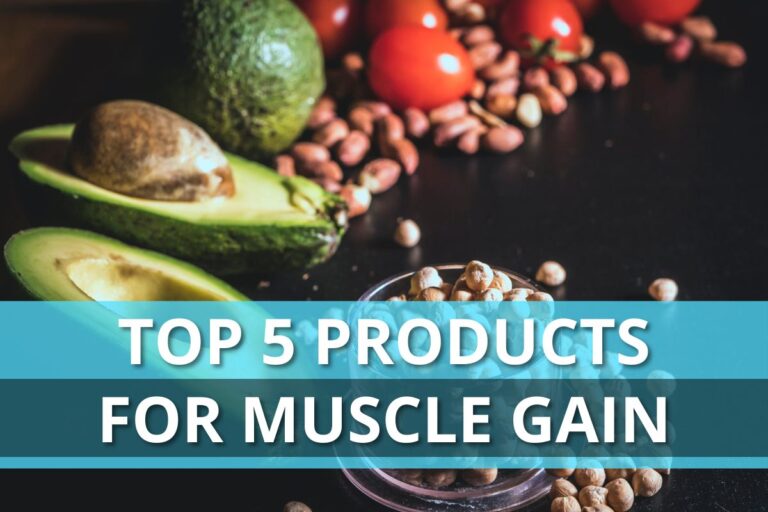Dirty Bulk vs Clean Bulk: Which Is More Effective?
If you’re looking to put on weight, you’re probably considering the pros and cons of a dirty bulk vs. clean bulk. While a dirty bulk is great for putting on high amounts of weight quickly, clean bulks will probably lead to less overall fat gain and better overall health. In this article, we’ll be covering the different types of bulking so you can decide which style is right for you.
For a high-quality mass gainer supplement to help with quick weight gain, we recommend Transparent Labs Mass Gainer. For a more standard protein supplement, check out Legion Whey+ Isolate Protein Powder instead!
The difference between a dirty bulk vs. clean bulk largely comes down to calories per day and quality of food. Clean bulks are characterized by a moderate caloric surplus largely made up of healthy foods. Dirty bulks usually involve getting as many calories as possible through low-quality foods.
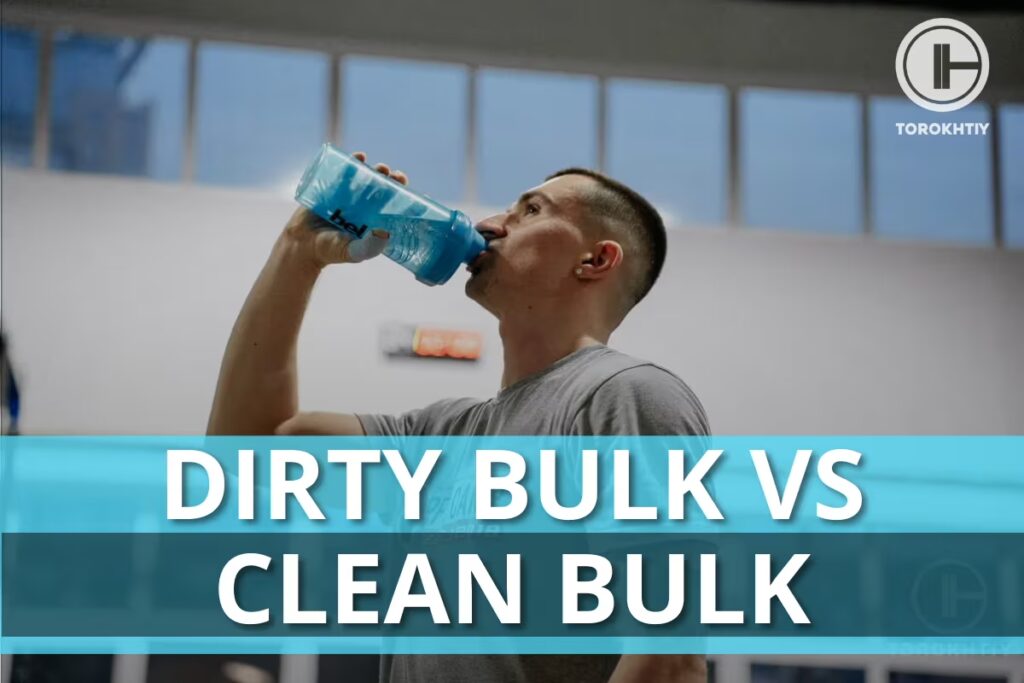
What Is a Dirty Bulk?
A dirty bulk involves maximizing total caloric intake by eating as much food as possible. Calories are usually obtained through ultra-processed foods because of their high caloric density. Common options include fast food, sweets, and other junk food.
Typically, people on dirty bulks won’t actively track their calories. Instead, they’ll aim to eat as much as possible every day with little regard to how big their surplus is. A dirty bulk could be classified as any diet with a daily surplus of 500+ calories a day, as this will lead to fast weight gain. However, the term dirty bulk is mainly defined by eating a high surplus of food.
The main reason people opt for a dirty bulk is that it’s easier to get calories in with processed foods, and the satisfaction of rapid weight gain. Especially for people who aren’t used to eating in a surplus, it’s easier to just eat as much low-quality food as possible instead of tracking calories to ensure you’re in a moderate surplus.
The main downside here is that dirty bulks are associated with heavy fat gain alongside muscle. This will lead to a less aesthetic physique by the end of the bulk. Also, it may lead to obesity if a dirty bulk continues for too long.
What Is a Clean Bulk?
While a clean bulk still involves eating in a caloric surplus, it is usually much more moderate and achieved through a relatively healthy diet. Clean bulks will typically consist of whole foods instead of highly processed options.
Someone on a clean bulk is much more likely to track their calories and stay within a moderate surplus of 250-500 calories a day. A clean bulk is mainly defined by a moderate level of weight gain that will mostly consist of muscle with minimal fat gain.
Clean bulks will be optimal for most people because they will keep a more aesthetic physique, and not need to cut as much when they decide to end their bulk. You’re also much less likely to experience the downsides of unhealthy eating such as obesity, high blood pressure, and heart issues.
The main downside is that eating in a moderate caloric surplus through whole foods takes more effort than simply eating as much highly processed food as possible. Especially for hard gainers, reaching a caloric surplus with healthy food can seem daunting, which is why many will opt for a dirty bulk instead.

Dirty Bulk Cons and Pros
There are mostly cons to dirty bulking which we’ll be covering first, before quickly going over the relative pros as well.
1. Excessive Fat Gain
When you dirty bulk, you’re likely to put on significantly more fat than muscle. When you’re in an ultra-high caloric surplus, only so much of that can be turned into muscle. The rest will end up going to fat.
While this may not be a major downside for someone with a very low body fat percentage, if the dirty bulk goes on too long it can lead to obesity and other potential health issues, as we’ll cover later on.
2. Longer Cutting Period After Gaining Weight
Along with excessive fat gain comes a more difficult cut when you decide to lean down. If your goal is to achieve a more aesthetic physique at the end of your bulk-cut cycle, you’re not doing yourself any favors by gaining excessive fat. While you may feel satisfied by gaining more total weight, you’re mainly making it more difficult to cut back down to an aesthetic body fat percentage.
3. Increased Health Risks
Especially if you decide to dirty bulk aggressively, or for months on end, you’ll likely end up pushing yourself into an obese BMI. Some of the health risks associated with obesity include type 2 diabetes, cardiovascular disease, stroke, and even depression.

4. The Relative Pros of Dirty Bulking
While we believe the cons outweigh the pros for dirty bulking, there are a couple of reasons a dirty bulk may appeal to someone.
First, if you struggle to eat enough, it’s easier to reach a caloric surplus by eating ultra-processed high-calorie foods. Also, if you’re a fan of fast food and sweets, a dirty bulk is a great excuse to indulge in these unhealthy foods. Finally, if you have a very low body fat percentage, you’ll likely feel more satisfied with the rapid weight gain associated with a dirty bulk.
Clean Bulk Pros and Cons
Unlike the dirty bulk, there are mostly pros to clean bulking. So, we’ll be covering the pros first before quickly going over the relative cons.
1. Building Muscle Mass With Minimal Fat Gain
On a clean bulk, the weight you’re gaining will be mostly muscle with minimal fat gain. This is because when you eat in a moderate caloric surplus, most of that excessive energy can be put towards building muscle. This is especially ideal if you already have a relatively high body fat percentage when starting your bulk.
2. A More Aesthetic Body Composition During the Entire Period of Weight Gain
As mentioned above, if your end goal is a more aesthetic body composition, then a clean bulk will be ideal. This is because by keeping a relatively low body fat percentage throughout your bulk, you won’t have the same bloated, soft look that’s associated with an extended dirty bulk. Instead, you’ll appear fuller while still being relatively lean.

3. A Shorter Cutting Period After Gaining Weight
If you’re planning on cutting after a bulk, you will have less fat to lose leading to an easier and shorter cut. On a clean bulk, you ideally won’t be gaining significant amounts of fat. This means a cut may only need to last a month or two, while an extended dirty bulk may require many months of cutting to return to an aesthetic physique.
4. Lower Health Risks
Finally, you can stay on a clean bulk for much longer without increasing your risk of obesity and the associated health problems. Also, because you’re likely eating healthier foods throughout the bulk, you’ll likely be eating a more nutritionally complete diet which will promote better overall health as well.
5. The Relative Cons of Clean Bulking
As you can see, the pros are far more obvious for a clean bulk when compared to a clean bulk. However, there are still a few downsides to the clean bulk.
First, you will need to have patience on a clean bulk because weight gain is much slower than it will be on a clean bulk. Second, because you should only be eating in a moderate surplus, it will also likely involve more micromanagement of your caloric intake.

Dirty Bulk vs Clean Bulk Summary
Overall, when considering a clean bulk vs. dirty bulk, we strongly recommend clean bulking. While it does require more discipline, effort, and patience, it will lead to less overall fat gain, and a more aesthetic physique throughout your bulk.
A dirty bulk may be easier and more appealing to someone with a very low body fat percentage. If you decide to go with this strategy, we recommend limiting yourself to a short dirty bulk to ensure you aren’t putting yourself into an unhealthy BMI, which can lead to all kinds of different health issues.
Best Mass Gainer – Transparent Labs Mass Gainer
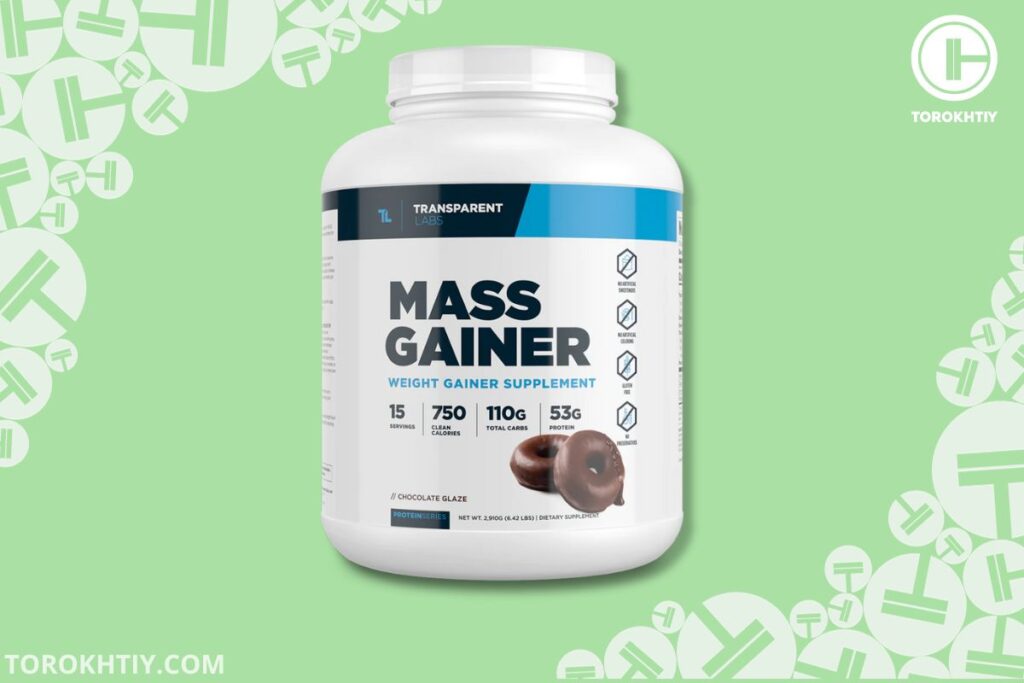
The first supplement we recommend for a bulking period is a mass gainer. This is a kind of protein supplement that’s characterized by higher calorie and carb content as well. While these can easily be used during a dirty bulk to reach very high caloric surpluses, we recommend using them in moderation to help with a clean bulk instead.
Transparent Labs’ Mass Gainer contains 750 calories per serving. This is broken down between 53g of protein, 110g of carbs, and 14g of carbs. This macro breakdown makes it ideal for taking as a single serving or splitting up to use as a more moderate supplement.
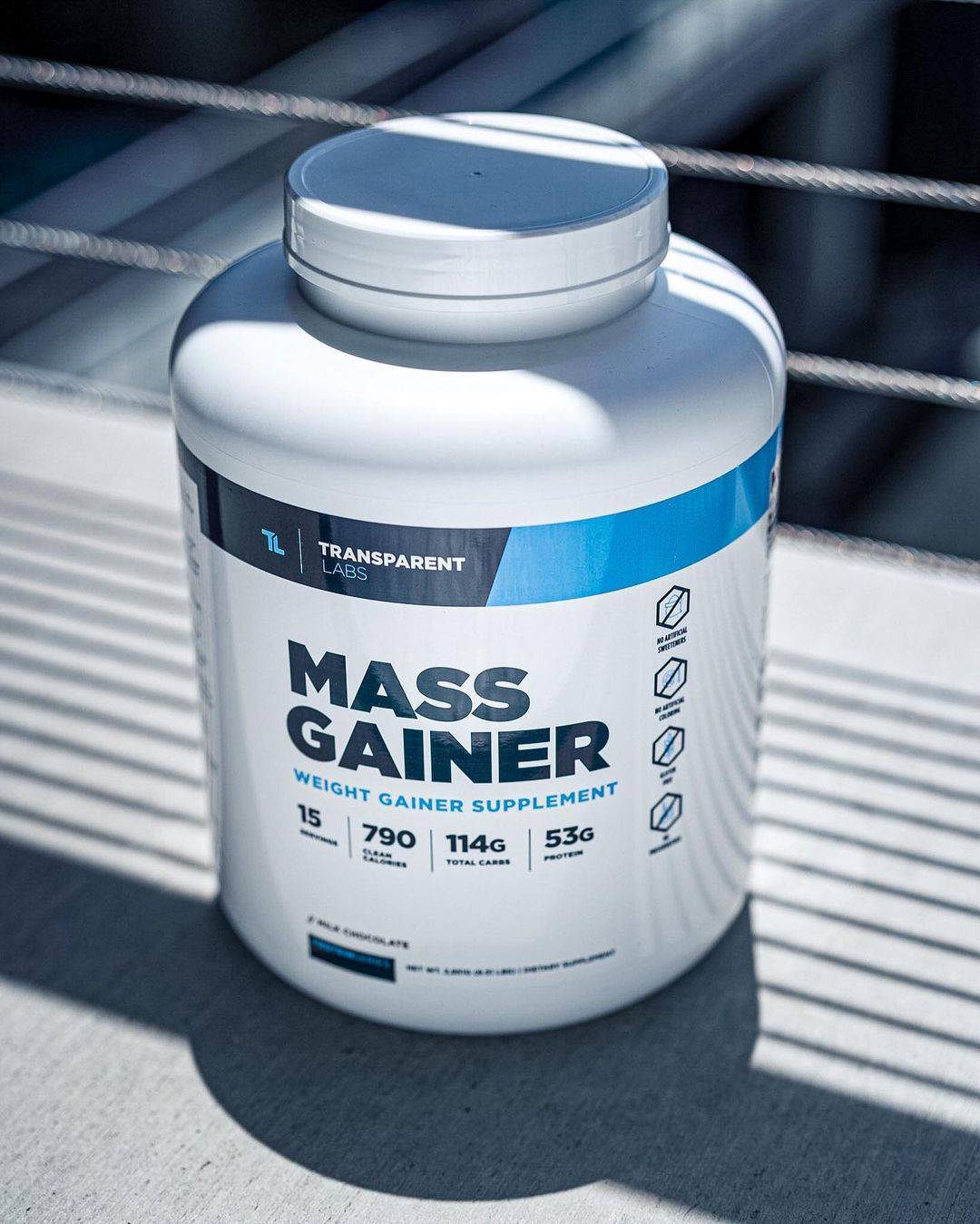
If you’re on a clean bulk, you likely want to prioritize high-quality natural foods. In this case, Transparent Labs’ gainer is ideal as its protein comes from grass-fed dairy, its carbs largely come from organic maltodextrin, and it doesn’t contain any additional artificial ingredients.
Because this is a higher-calorie supplement, it’s more expensive than a regular protein powder. Each serving of Transparent Labs gainer will cost you about $5.33.
Best Protein Powder – Legion Whey+ Isolate Protein Powder
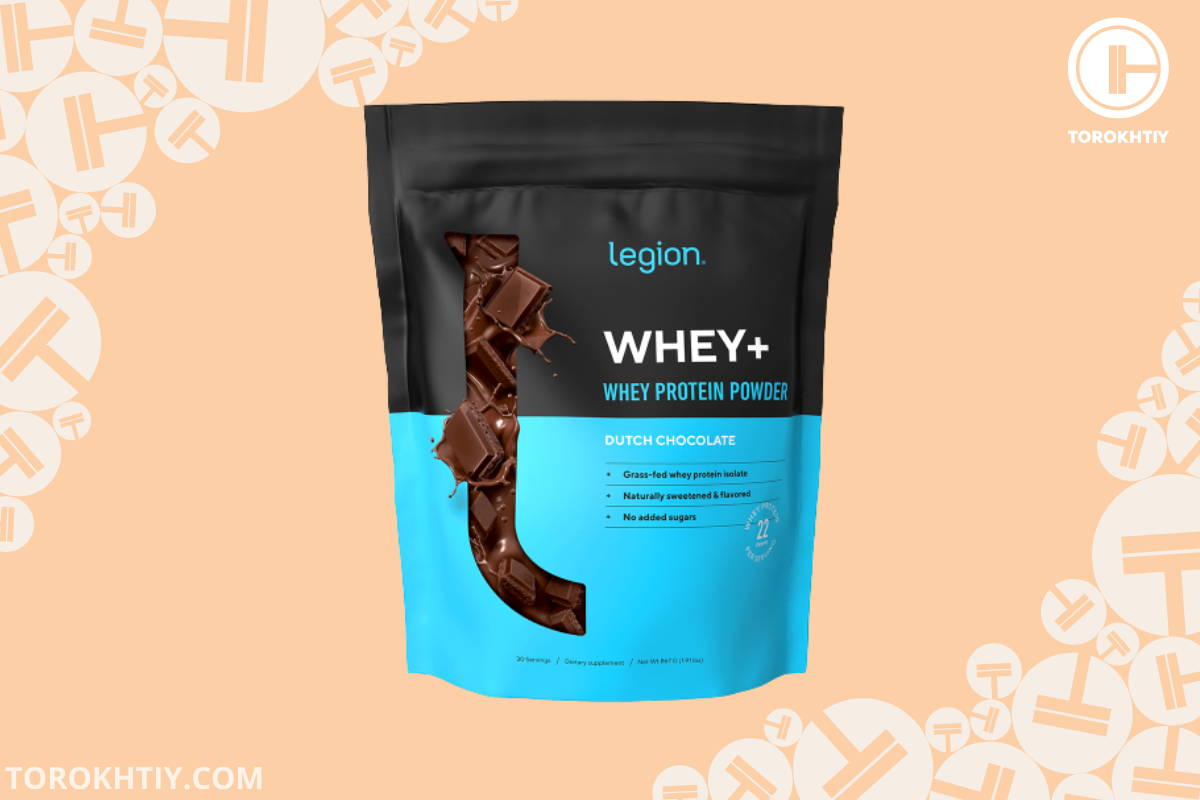
Now, if you’re looking for a lower-calorie supplement that will still help you reach your protein goals, check out Legion’s Whey+ Isolate. Note that we particularly recommend the flavors French Vanilla or Strawberry Banana as they have the best macro breakdown.
For French Vanilla, you can expect 100 calories broken down between 22g of protein, 2g of carbs, and 0g of fat. This makes it ideal for maximizing protein intake on your bulk, while still saving plenty of calories for other foods.

Typically, we recommend protein supplements for those who are already getting enough calories in and just need more total protein throughout the day. Mass gainers are better for those who struggle to eat enough in general.
Similar to Transparent Labs Gainer, the protein here is sourced from grass-fed dairy. It also doesn’t contain any additional artificial ingredients. This makes it a health-conscious supplement ideal for a clean bulk. Also, because this is a more basic protein supplement, it’s significantly cheaper than the gainer at only ~$1.45 per serving for the 5-pound package.
FAQ
Should You Dirty Bulk or Clean Bulk?
If you’re considering dirty bulking or clean bulking, we strongly recommend clean bulking as you will put on less body fat, keep a more aesthetic physique, and reduce health risks associated with rapid weight gain. While it will take a bit more discipline than a dirty bulk, we believe the pros strongly outweigh the cons.
Does Dirty Bulking Work Faster?
A big difference between clean and dirty bulks is that dirty bulking will help you put on more total weight quickly. However, much of this weight will be fat, so it’s not as optimal for long-term muscle growth as a clean bulk.
Is Dirty Bulking Risky?
Another major difference between a dirty bulk and clean bulk is that you’re much more likely to get an obese BMI on a dirty bulk. Especially if you dirty bulk for months on end, you may develop health issues associated with obesity like high blood pressure, type 2 diabetes, and heart disease.
Conclusion
If you’re considering a lean bulk or dirty bulk, we strongly recommend going for a clean bulk. This is because it will lead to less fat gain, a more aesthetic physique throughout the bulk, and fewer health risks associated with rapid weight gain.
If you’re looking for supplements to help with your bulk, then check out Transparent Labs Mass Gainer for a high-quality weight gainer supplement, or Legion Whey+ Isolate Protein Powder for a protein powder.
Are you a fan of the dirty bulk or clean bulk? What’s your experience with trying to gain weight? Any tips? Let us know your thoughts in the comments below!
Also read:
- How to Make Mass Gainer Taste Better
- Best Cheap Mass Gainer
- Mass Gainer Side Effects
- Homemade Mass Gainer Shakes Recipes
- Weight Gain Shakes
- High Calorie Bulking Breakfast
- Is Pizza Good for Bulking
- How to Get Electrolytes Naturally
References:
- “Health Risks”, Harvard T.H. Chan, https://www.hsph.harvard.edu/obesity-prevention-source/obesity-consequences/health-effects/
- “BMI Calculator”, National Institute of Health, https://www.nhlbi.nih.gov/health/educational/lose_wt/BMI/bmicalc.htm
- “Type 2 Diabetes Mellitus”, Harvard Health Publishing, https://www.health.harvard.edu/a_to_z/type-2-diabetes-mellitus-a-to-z (accessed May 10, 2023)
- “Heart Disease”, Harvard T.H. Chan, https://www.hsph.harvard.edu/nutritionsource/disease-prevention/cardiovascular-disease (accessed August 2022)
- “7 things you can do to prevent a stroke”, Harvard Health Publishing, https://www.health.harvard.edu/womens-health/8-things-you-can-do-to-prevent-a-stroke (accessed May 15, 2022)
- “Depression and obesity: Confirming the link”, Harvard Health Publishing, https://www.health.harvard.edu/mind-and-mood/depression-and-obesity-confirming-the-link (accessed January 1, 2023)
- Brad Heins, “Grass-fed cows produce healthier milk”, University of Minnesota Extension, https://extension.umn.edu/pasture-based-dairy/grass-fed-cows-produce-healthier-milk (accessed 2021)
Why Trust Us?
With over 20 years in Olympic Weightlifting, our team does its best to provide the audience with ultimate support and meet the needs and requirements of advanced athletes and professional lifters, as well as people who strive to open new opportunities and develop their physical capabilities with us.
By trusting the recommendations of our certified experts in coaching, nutrition, dietology, and sports training programming, as well as scientific consultants, and physiotherapists, we provide you with thorough, well-considered, and scientifically proven content. All the information given in the articles concerning workout programming, separate exercises, and athletic performance, in general, is based on verified data. We ensure that you can rely on our professionals’ pieces of advice and recommendations that can be treated as personalized ones which will benefit you and fully meet your needs.
The product testing process is described in more detail here
Author: David Sasha Schulz
Doctor of Chiropractic, BSc Human Biology, CSCS
Strength coach (CSCS) – 10 years
Sasha is a Chiropractor and Kinesiologist practicing in Kelowna, BC, Canada. He has been practicing Chiropractic since 2019, integrating manual therapy, strength training and programming principles, and nutritional strategies to get his patients optimal results. He currently scratches the competitive itch in fitness, and the occasional endurance race, and plays golf and snowboards for fun. He has an interest in all strength and fitness-related sports.


